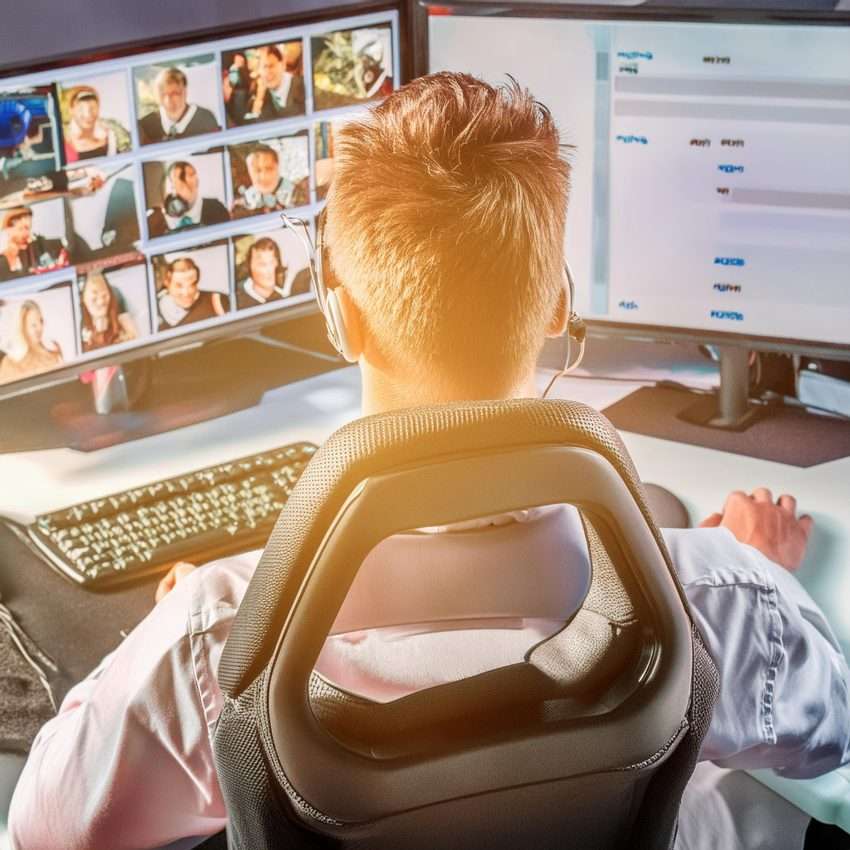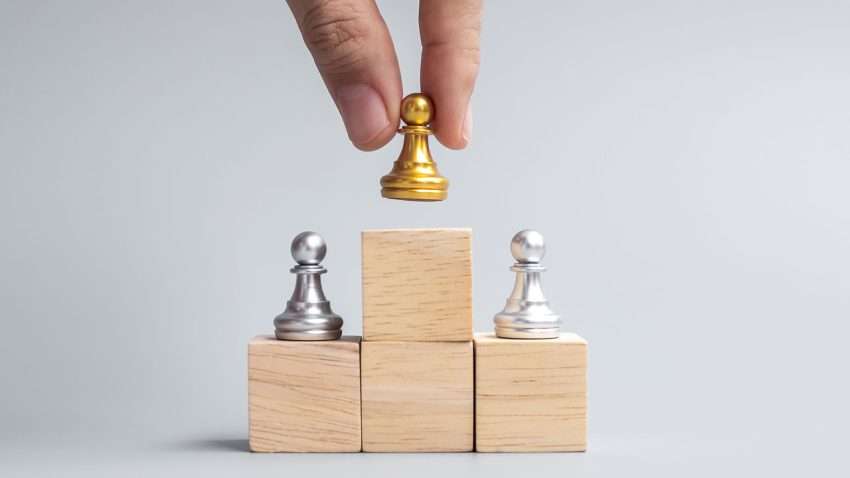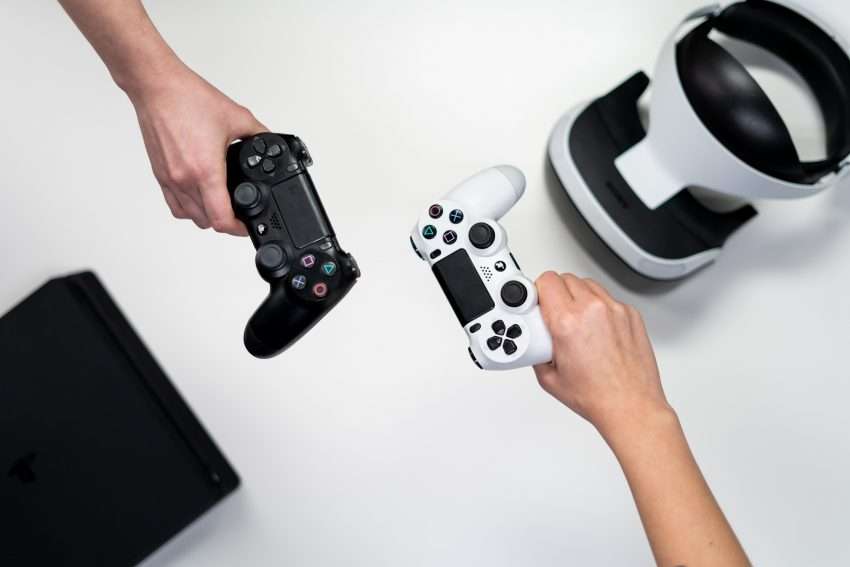Game-based learning is revolutionizing learning. Beyond schools and universities, videogames applied to corporate training are already a reality in HR departments of thousands of companies. Why is it better to learn by playing? We tell you why:
We live with videogames
There are many factors that make game-based learning be more effective than traditional training. Currently, nearly 60% of the population is familiar with videogames and the average age of the workforce in companies is around 30, of which over 90% have played videogames in their youth. That is why the so-called Millennials carry so much weight, a generation that will make up 75% of the workforce in no more than 10 years. Do you need more reasons? Keep reading.
They increase engagement
Videogames bring a number of challenges that require the student to be engaged in the adventure, in order to solve the problems that arise in a much more creative and subjective way. Unlike a traditional classroom course, game-based learning increases engagement because it offers an experience that is challenging and pleasant. Having fun and learning at the same time is actually possible.
You may also like: The Game as the New Strategy in Human Resources
They motivate with no risk
Games in general and game-based learning in particular have the potential to turn learning into a challenge. Through the game, concepts are introduced and students can develop and improve their skills without losing motivation. Fear of failure is greatly reduced because there is no risk during the learning process, but at the same time, it is possible to learn from mistakes and correct them. Thus, everyone can complete the level and move forward; there is a permanent mentality of improvement and development.
They improve performance and knowledge
The Federation of American Scientists [“A Meta-Analytical Examination of the Instructional Effectiveness of Computer-Based Simulation Games”, 2011, Tracy Sitzman] claims that games are the best way to learn. Thanks to the game, students improve their performance, increase their effort and develop their knowledge thanks to practice.
These are the specific figures:
Game based learning compared to traditional learning…
- Means an increase of up to a 20% in self-confidence of the student.
- An 11% increase in conceptual knowledge.
- A 90% increase in retention when learning.
- A 20% increase in practical knowledge.
- Up to a 300% increase in completed tasks.
Interaction with the student
Becky Renegar, a specialist in STEM education (Science, Technology, Engineering, Mathematics), recently attended the STEMconnector in Washington, a specialized meeting. There, Renegar was representing the city of Piqua (Ohio, USA), to talk about game-based learning opportunities. For her, this kind of learning has been of great benefit to her students, partly thanks to the constant interaction offered by videogames.
“The engagement has increased drastically,” said Renegar at the conference. The more interaction, the more students get involved and committed. The students of this teacher, who have participated in several projects for online games, have experienced an increase in motivation through the creativity involved in videogames.
You can find the complete STEMconnector conference here.





